| Today I am delighted to host a stop on the blog tour for The Convent Girl, the new historical novel from Tania Crosse. Tania is here with me to talk about the real-life locations used in the book. | 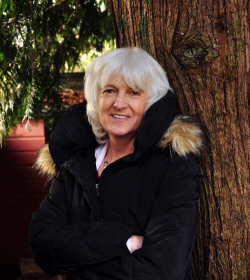 |
A huge thank you once again to Susanna for inviting me onto her blog to talk about my latest release, The Convent Girl. I’m really excited about this new book as while the recent titles in my Devonshire series have been republications of previous sagas, this is the first brand new story I’ve written in a while.

In my previous blogs for Susanna, I’ve written about the locations in the books, so I thought I’d do the same for The Convent Girl, as the background to the tale is especially fascinating. Although an addition to my Devonshire series, the opening is set in Ireland at the Convent of Mercy in Cobh, County Cork. This was where my mother was brought up in the 1920s after her mother, my grandmother, died when she was only two years old. She always wanted me to write her unusual childhood into one of my books, but this is the first time I’ve had the opportunity to do so. Sadly, my mother is no longer with us, but being raised by Catholic nuns, she was a firm believer in the afterlife, and so maybe is looking down and will witness it anyway. I actually visited Cobh some years ago, shortly before she passed away. The nuns were long gone and the building was about to be converted into apartments. The view that my mother had from the convent across to St Colman’s Cathedral where she made her First Communion, and over Cork Harbour hasn’t changed, though, and she was thrilled to see the photographs I took on my visit.
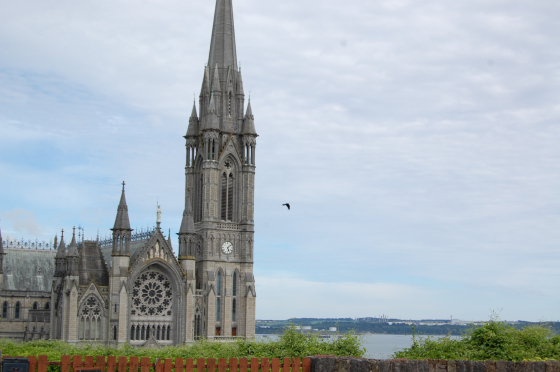
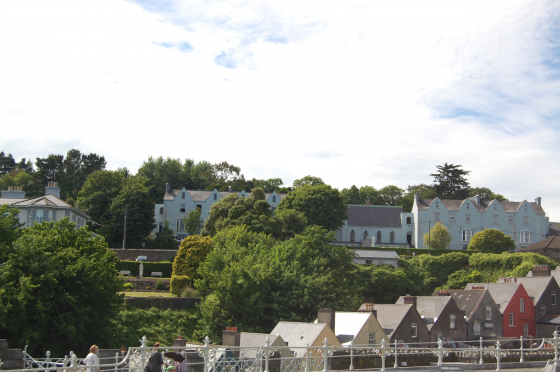
The majority of the book, though, is set in Plymouth in the pre-war years and during the Plymouth Blitz. One of the problems in writing the story was that the city centre was totally obliterated in the war and many of the places mentioned were blasted or burnt out of existence so that I couldn’t visit them, something I always like to do when carrying out research. Many people don’t realise that Plymouth was the worst blitzed city outside London. In fact, it is said by some that per capita, it was worse hit than the capital itself. Once Hitler’s forces had forced their way across north west France, Plymouth was an obvious target. Arguably the city was the place in the whole country most densely populated by all three services. Not only was it home to much of the Royal Navy at Devonport, but troops of all Allied Nations passed through it at different times, and the air base at Mount Batten was occupied by the RAF and subsequently the Australian Air Force.
So, the old city centre, the troops and the air base are long gone, and Devonport, though still playing an important active role in our naval defences, operates on a much smaller scale. What hasn’t changed much, however, is Plymouth Hoe, famous for Drake’s game of bowls, of course.
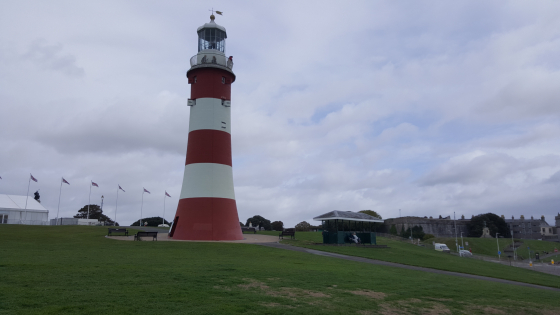
Although the pier was destroyed in the war and never replaced, the Hoe itself with Smeaton’s Tower, the Royal Navy Memorial and the Tinside Lido, all of which feature in the book, remain little changed. The Elizabethan area of the Barbican with its narrow, cobbled streets, miraculously escaped too much damage in the air raids, although Sutton Harbour which back in the war was still an active fishing port, is now mainly home to pleasure craft.
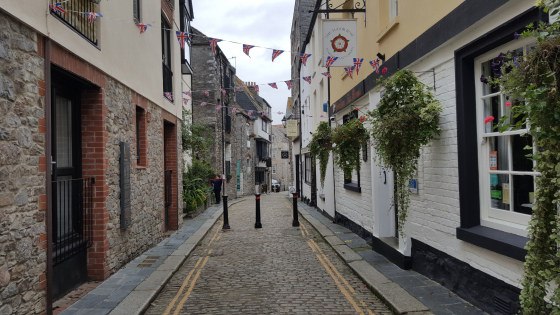
Time never stands still and changes are inevitable. But it was easy to imagine my characters standing on the Hoe, watching the military parades for the George V Silver Jubilee, or looking out over the Sound to witness the Exeter returning triumphant but battered from the Battle of the River Plate. Imagining them walking the streets of the old town of which nothing remains, or fighting fires that raged through buildings that were utterly destroyed, was far more of a challenge. Yet ironically it was those horrendous events that inspired me to write about the Plymouth Blitz and the heroism, determination, resilience and utter courage of the people who lived through those unimaginably horrific times.
* * * *
h
Blurb:
1941. Bombs are falling all over Plymouth. Young Maisie O’Sullivan must make a choice that will change her life for ever.
Maisie yearns for a family of her own. Raised as a charity orphan in a Catholic convent in Ireland, she believed she was all alone in the world.
But when she is twelve, her world is turned upside down by a shocking revelation. She is uprooted from the only life she has ever known, and transplanted against her will to Plymouth, England.
Family might not be all it’s cracked up to be. But Maisie is resilient. She surrounds herself with a family of her own making. Lovely old Zeek, her grandfather-like neighbour. Feisty Kitty, her inseparable friend. Young fisherman Nick, her kind and patient boyfriend.
Then war breaks out across Europe and a horrific tragedy occurs during one of the worst nights of the Plymouth Blitz. Maisie makes a momentous decision that will take her life in a very unexpected direction . . . But will she be able to live with the consequences?
* * * *
Link to The Convent Girl on Amazon
h
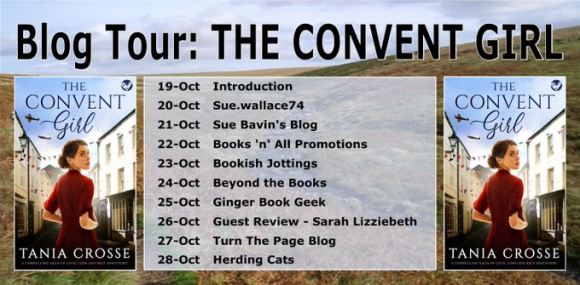


Make A Comment
Comments (0)